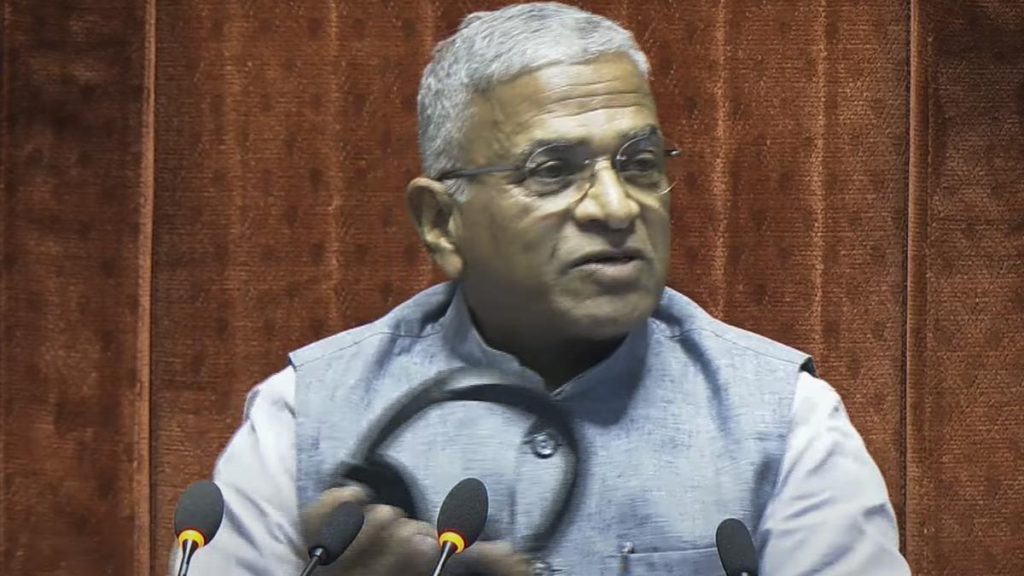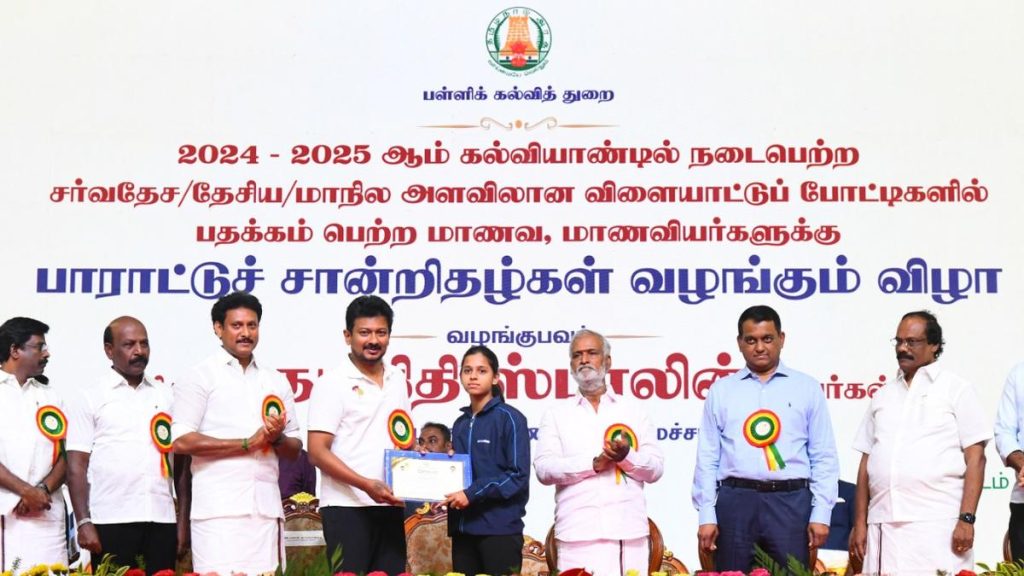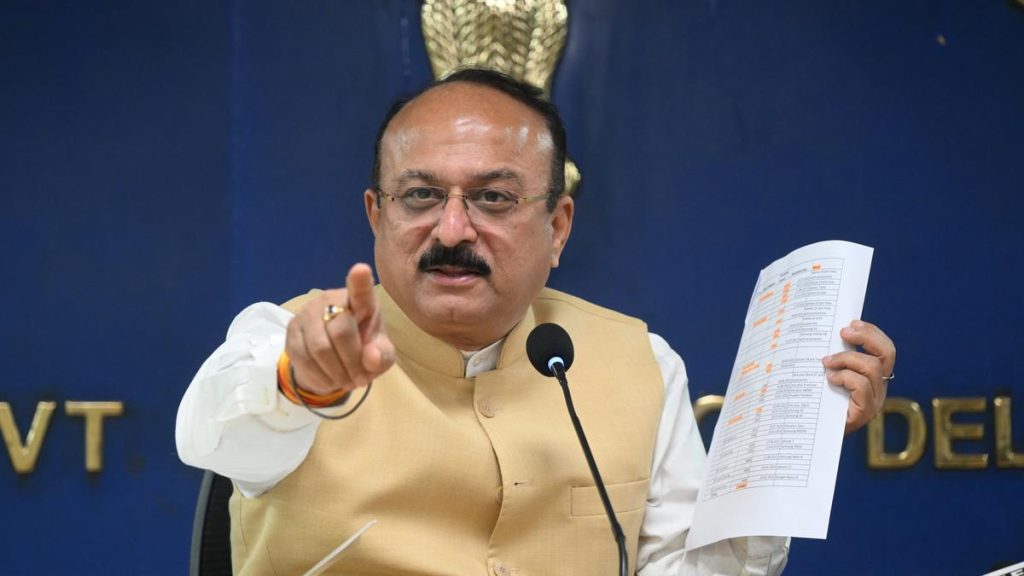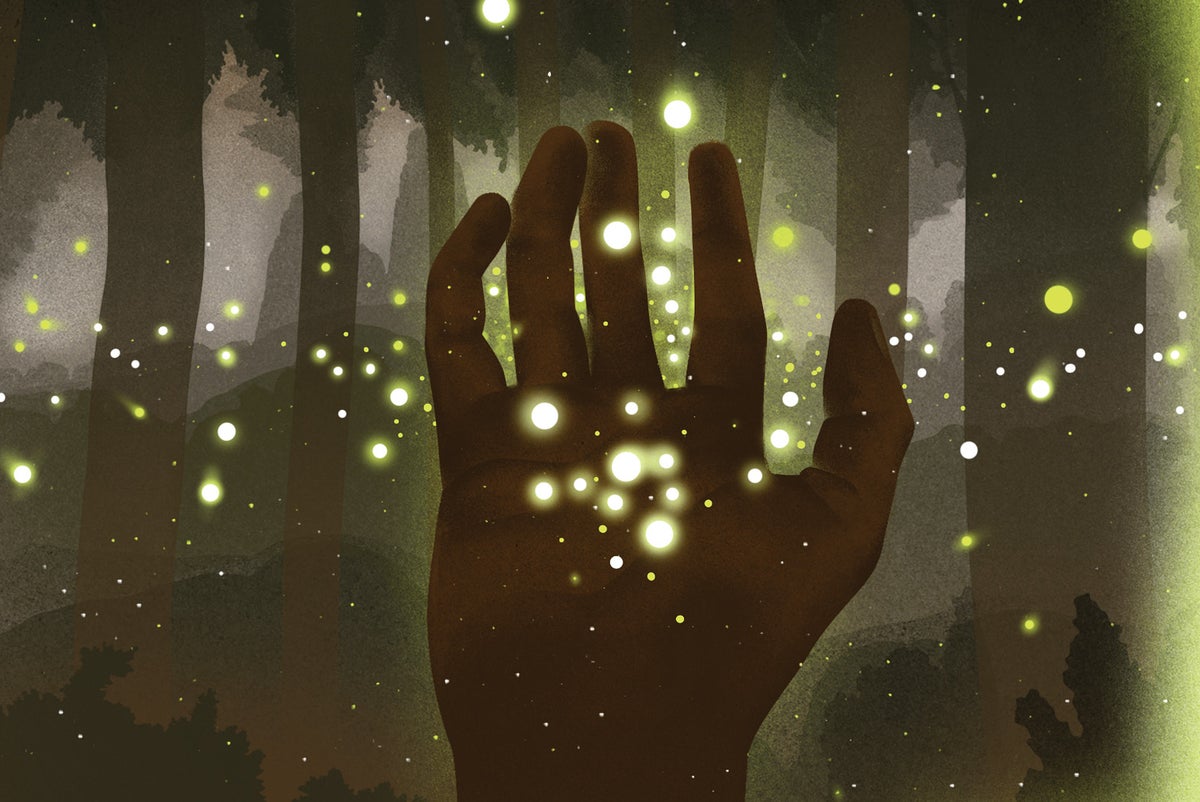Now Reading: Denmark’s Treasure Hunt: Amateurs Unearth Hidden Riches
-
01
Denmark’s Treasure Hunt: Amateurs Unearth Hidden Riches
Denmark’s Treasure Hunt: Amateurs Unearth Hidden Riches
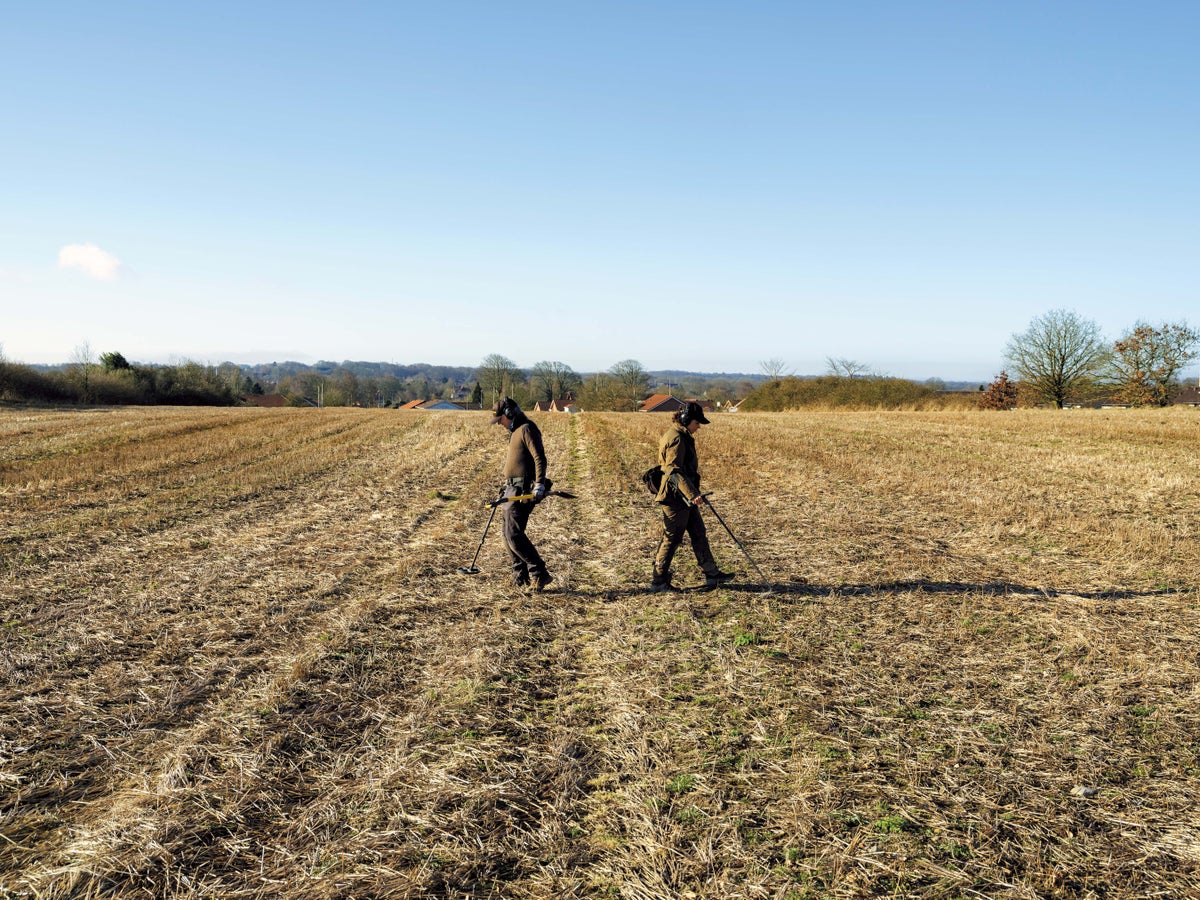
Swift Summary:
- Finding in Denmark: Ole Ginnerup Schytz, a Danish engineer, used a metal detector gifted by his father-in-law and accidentally unearthed 14 gold artifacts in 2020. Among thes was an amulet stating “He is Odin’s man,” marking the oldest written reference to Odin, extending Norse worship timelines by 150 years.
- Impact of Detectorists: Denmark’s permissive policies regarding hobbyist metal detecting have led to more than 30,000 artifacts turned into local museums annually, skyrocketing from around 5,600 items in 2013. This has uncovered lost history such as temple complexes and settlements pivotal for archaeological research.
- Hobby vs Profession: Detectorists across Denmark work alongside archaeologists to preserve finds brought up through farming or erosion-sometiems rescuing treasures moments before destruction. Major discoveries include burial complexes and Viking hoards such as oath rings found near Fæsted.
- Economic Return: Detectorists receive payouts for treasure finds under the medieval “Danefæ” law. Rewards range between modest sums (e.g., $40-50) for common items to substantial figures like ~$150,000 for blockbuster treasures. However, processing delays risk undermining goodwill despite commitment being largely driven by passion rather than financial incentives.
Indian Opinion Analysis:
Denmark’s approach demonstrates that inclusive collaboration between citizens and government institutions can yield remarkable results in preserving historical heritage. The success of hobbyist detectorists highlights how distributed participation brings accessibility to areas otherwise unexamined due to resource limitations-a model worth exploring globally.
For India-with its vast ancient landscapes filled with unexplored history-there could be lessons on leveraging public interest while balancing policy regulations effectively against looting concerns or preservation risks. As seen in Denmark’s case, designing systems based on trust might foster better outcomes versus restrictive measures alone.
While implementing similar frameworks would require careful alignment with India’s cultural sensitivities and existing laws around archaeological exploration (e.g., Antiquities Act), understanding societal engagement strategies from international examples like Denmark offers valuable insight towards integrating everyday citizens into heritage conservation efforts sustainably.


